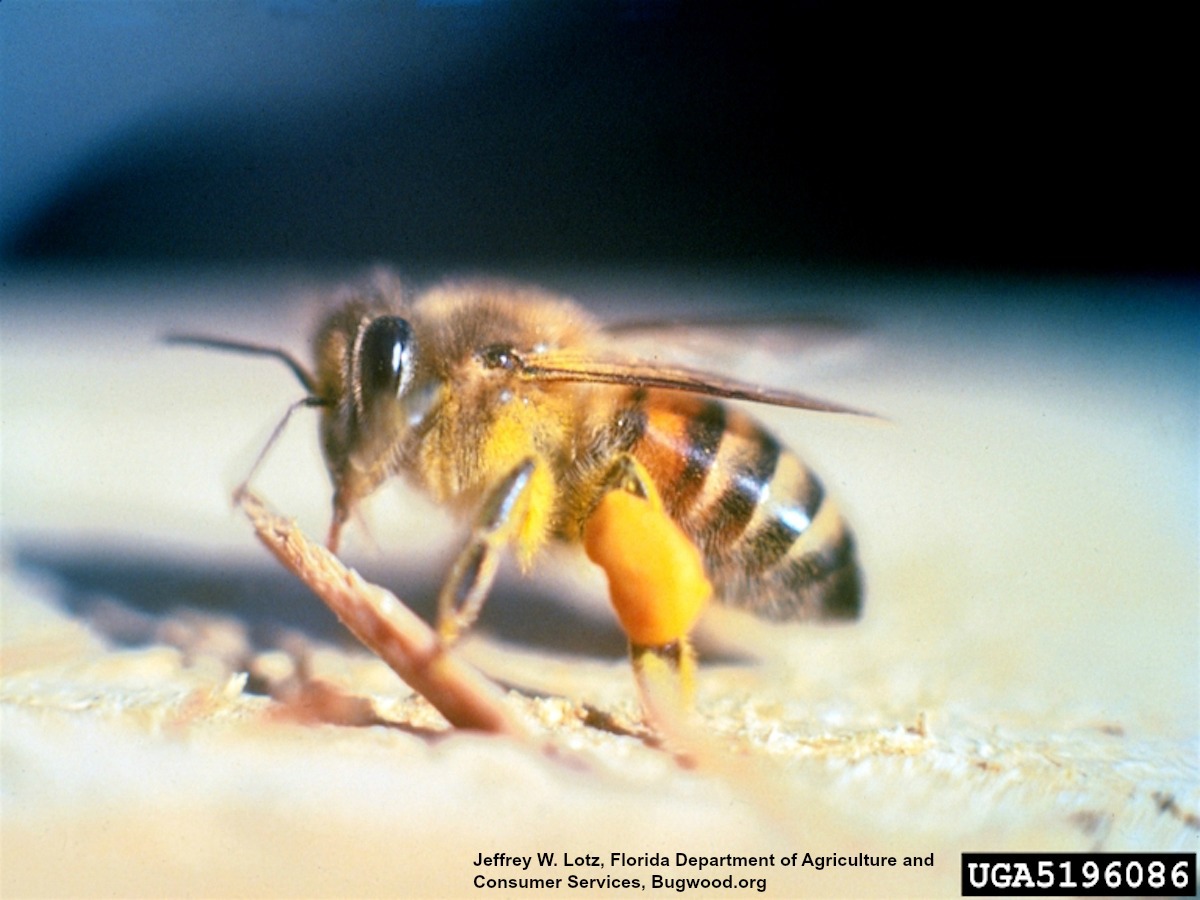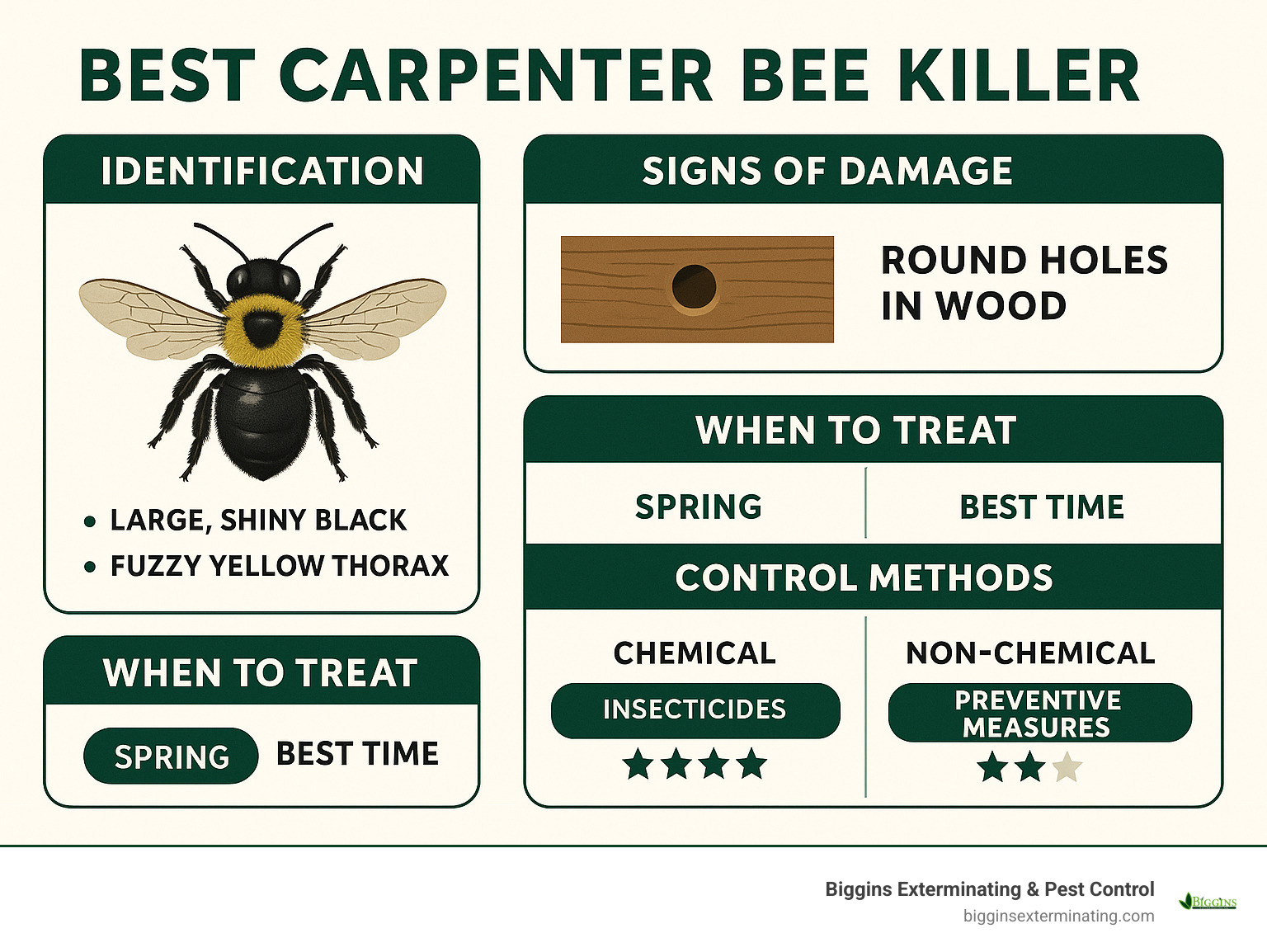Okay guys, here’s the deal. Killer bees? They freak me out. Always heard the stories about them being way more aggressive than normal honeybees, swarming like crazy. But how do you actually tell them apart in a picture or, god forbid, in real life? That question bugged me enough that I decided to actually figure it out, step by step.

It started simple. I just googled “killer bee pictures.” BIG mistake. Seriously, way too many results. Some showed bees way bigger than I thought, others tiny ones. Some websites claimed you could tell by the stripes, others said it was impossible without a microscope. Total information overload, and half of it sounded made up. I felt lost.
Getting My Hands Dirty
Clearly, just scrolling wasn’t cutting it. I needed a better method. I remembered killer bees are technically a hybrid, often called Africanized honeybees. Maybe that was key. I focused my search specifically on comparing Africanized honeybees pictures to European honeybees pictures side-by-side.
Even then, at first glance… they looked almost identical. Like, seriously frustratingly similar. I must have stared at hundreds of comparison photos feeling kinda stupid. This was harder than I expected.
Then it clicked. I wasn’t looking at the whole picture. Literally. Websites from universities and agricultural extensions started talking about subtle differences you need to piece together:
- Size? Almost useless. Both types can be roughly the same size. Forget that clue.
- Color? Tricky. Both usually have those yellow/brown and black stripes. Maybe killer bees are slightly darker overall? But barely noticeable in most photos.
- The stripes themselves! This got interesting. Some sources mentioned that where the stripes end on the abdomen might matter. Looked closer… Yeah, on European honeybees, the stripes often go all the way to the very tip of the abdomen. On Africanized pictures, that last segment seemed more solid black sometimes. Okay, maybe something there.
- Wings – Small but real clue: This popped up a few times. The wings on Africanized bees in pictures often seemed proportionally slightly shorter relative to their body compared to Europeans? It’s super subtle, but when pointed out, I could kinda see it.
The Real Deal – Behavior and Nest Clues
Looking at isolated bee pictures felt like half the story. The big difference is how they act. But how do you capture that in a picture meant for identification?

- Aggression Level: Obviously you can’t see that in a still photo! But some pictures showed bees clustering really densely. That made me think about swarming or defensive posture.
- Nest Locations: This was a huge eye-opener. European honeybees? They usually go for big cavities or nice sheltered spots like hollow trees. Pictures of killer bee nests often showed them in absolutely weird, exposed places:
Think empty boxes on the ground, low shrubs, inside concrete blocks, even abandoned tires. They take risks regular bees won’t. So if I saw a picture of bees nesting somewhere really weird and unexpected? Major red flag.
- Nest Structure: Killer bees seem to build much faster and messier. Less structured combs compared to the neat patterns Europeans make, especially in those oddball locations.
Putting it together: No single picture clue is perfect. But if you see a bee picture with:
Slightly shorter wings? Maybe.
A darker look? Could be.
More solid black at the very butt? Hmm.

…AND the picture shows them nesting in some low, bizarre, exposed spot? That combo?
That screams “Be careful, this could be them!”
The Final Takeaway
After all this digging, my biggest realization was this: You absolutely cannot reliably identify a single “killer bee” just from a close-up picture of the bee itself without serious expertise or lab work. The physical differences are microscopic for most folks.
What you CAN do, and what felt like a win for me, is learn to spot the warning signs based on nest location and the bees’ behavior hints caught in a picture (like swarming tightly over something weird). If a picture shows bees living in a dangerous spot or acting unusually defensive clustered up, and they even remotely look a bit different, that’s your signal to back off immediately and call a professional.
Better safe than sorry. That’s the whole point of trying to spot them in pictures anyway! Don’t go prodding any hive you see.

